Hi everyone, here is an update of our research project about household food waste.
MISSION 500: Further Research
To have a deeper understanding, our team used the information that we have in phase 1 and see what more can we learn that causes food waste in households. MISSION 500 was a chance for us to get more information from Australian citizens and see their behaviours on how they handle their food at home, learn how they approach their weekly meal planning, get insights how different types of households such as couples, families and shared living proceed on their groceries and even see if they are aware or even care about the problem of food waste. To do this we decided to send out surveys to community groups as well as our family and friends living here in Melbourne, Australia.
While we have the Fruffle Fridge design idea which has the features to organise leftover meals and remind users to finish food before they get bad, we decided to have a step back and see what other existing and upcoming techologies we may be able to learn more about that can be applied to our next development.
Lastly, we looked up some other benchmarking and trends such as meal planning apps, smart appliances, food preservation products and many more to see what techniques and methods are out there that are being done that tackles the issue of food waste in households.
Surveys
In our survey, we asked our participants on how they approach their food in a weekly basis and what are the challenges they experience towards food they prepare in their own homes. Here are some of their response.
Approach
- Cooking only what’s necessary/sufficient and cooking food that are relatively familiar with to avoid waste.
- Most participants plan their meals weekly based on what they need and what is missing in their stock and shop accordingly.
- Most participants buy their groceries 1-2 times a week.
- Some cooks/buys their food only if needed.
- Some use meal planning apps and get it delivered at their homes and/or buy takeaways to save time.
- Budget management on groceries
- One of our participants grows their own fresh produce like vegetables and fruits
Challenges
- Eating meals can sometimes be repetitive.
- Cost of living – finance goes mostly to grocery.
- Meal preparation is time consuming especially for people with busy lifestyle.
- For families, children have different daily preferences wanting different food each day which makes meal preparation difficult.
- For individuals, shopping for one person creates a lot of waste due to having too many leftovers and frozen food in the fridge.
- Difficulty in having a healthy and balanced meal due to busy schedule.
Most common reasons why food are thrown in households
- Out of Date or Expired Food
- Wilted Veggies or Fruits/ Mould/ Spoiled Food
- Over-buying / over-stocking of groceries
- Over-cooking / over-serving of meals
- Off cuts
- Forgotten food in the fridge / pantry
- Left overs not eaten on time
- Food with high distaste or smells bad
- Didn’t have the chance to cook ingredients due to busy schedule or changes in plan
We also wanted to know what could be the common reason why Australians throw away their food and the top answer was because of EXPIRED FOOD. People use their perception towards food by firstly inspecting it through appearance. They use their sense of smell and taste too to determine if the food is still safe to eat. What we also learned is that some of our participants prioritise their health first, hence they try to avoid eating meals that are stored for too long to avoid the risk of getting sick even though if it still seems edible.
Additionally, most of our participants have challenges in MEAL PLANNING and FOOD MANAGEMENT because of intentional and unintentional over-buying of groceries as well as in over-cooking meals. Some forgets their leftover meals in the fridge and some just doesn’t have the chance to touch them because of busy lifestyle.
We realise that the problem varies in the type of household. Families, Individuals, Shared accomodation have different encounters when it comes to food challenges so we will need to understand each category further more.
Looking at Technology
We conducted benchmarking on home appliances and mobile apps to inspire our concept ideation. Visiting shopping centers helped us understand current appliance capabilities and how they could reduce food waste. This exploration guides us in foreseeing future trends, to think laterally on our ideation and see a possible angle to tackle food waste which are aligned with our goals.

Meal Planning Apps
While the app is effective in suggesting new recipes, assisting in grocery lists and can assist in cooking, we discovered that its only useful for certain household arrangements.
It is more useful for smaller households, people with busy schedule and those who don’t usually cook. We could maybe look forward if we could possibly find a way to make it more useful to any kind of user.

Smart Fridges
2024 Bespoke + Samsung Family Hub+ 4 Door Refrigerator will now have AI Vision to mainly tackle food management. The initial launch will read around 33 different kinds of food (fruits and vegetables). It can scan the food that you place inside and automatically registers it. The A.I. also helps with reminding you food that is about to spoil and suggest recipes through the Samsung Food App.
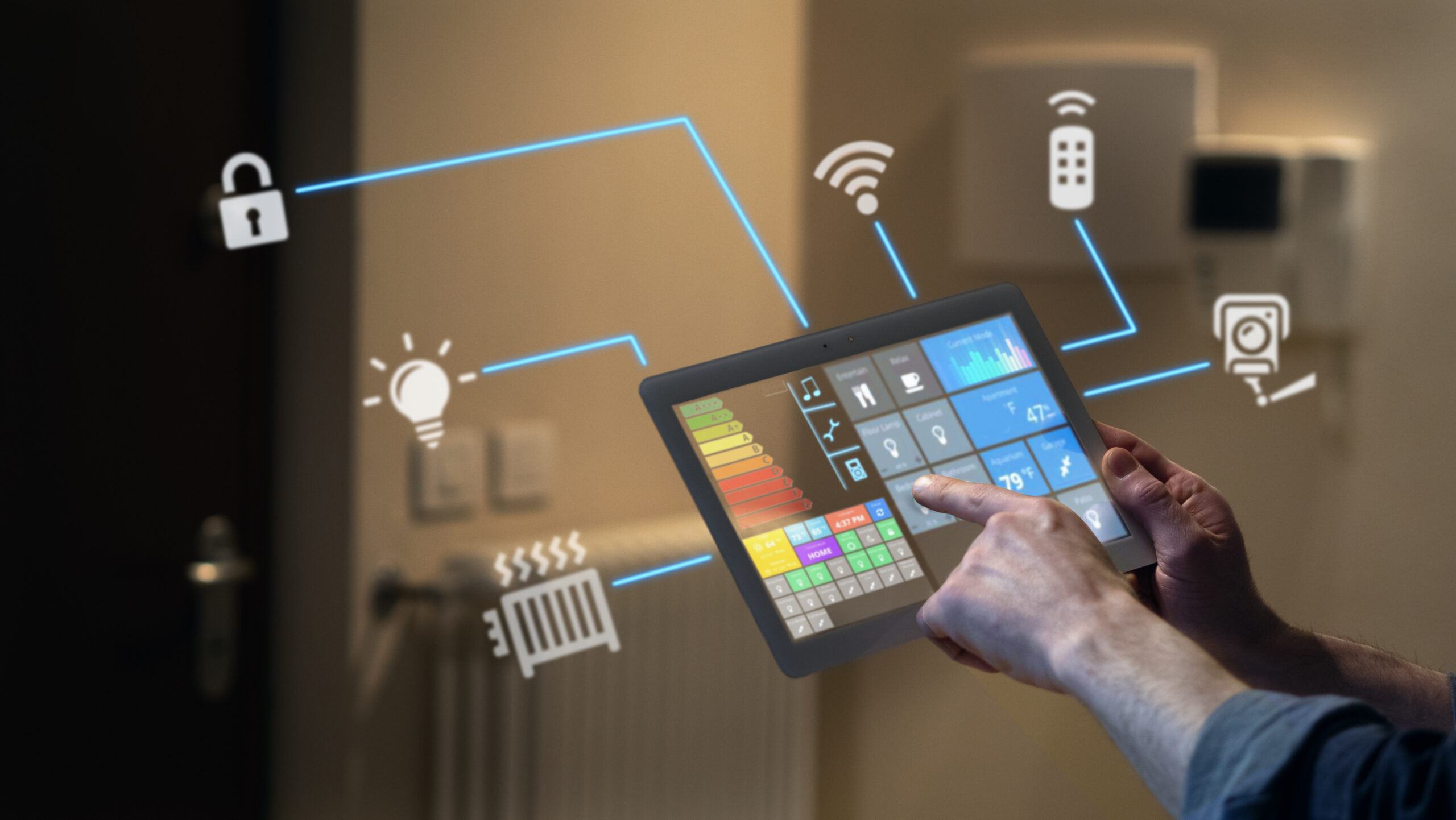
Smart Homes
Many appliances are being interconnected to better accommodate the users needs.
Samsung smart fridges can be connected to other appliances such as smart ovens and smart stoves.
As smart homes are getting relevant to keep household convenient and secured, the application of AI will also be a big part in our food waste project.

Preservation
Some product that uses ethylene gas aims to slow down the ripening process and extend the freshness of produce like the Blue Apple Classic Saver.
Other products such as the Ovie Smarterware uses smart tags that change color based on the freshness of the food inside packages. It is designed to help reduce food waste by providing a smart solution for keeping track of the freshness of your stored food.
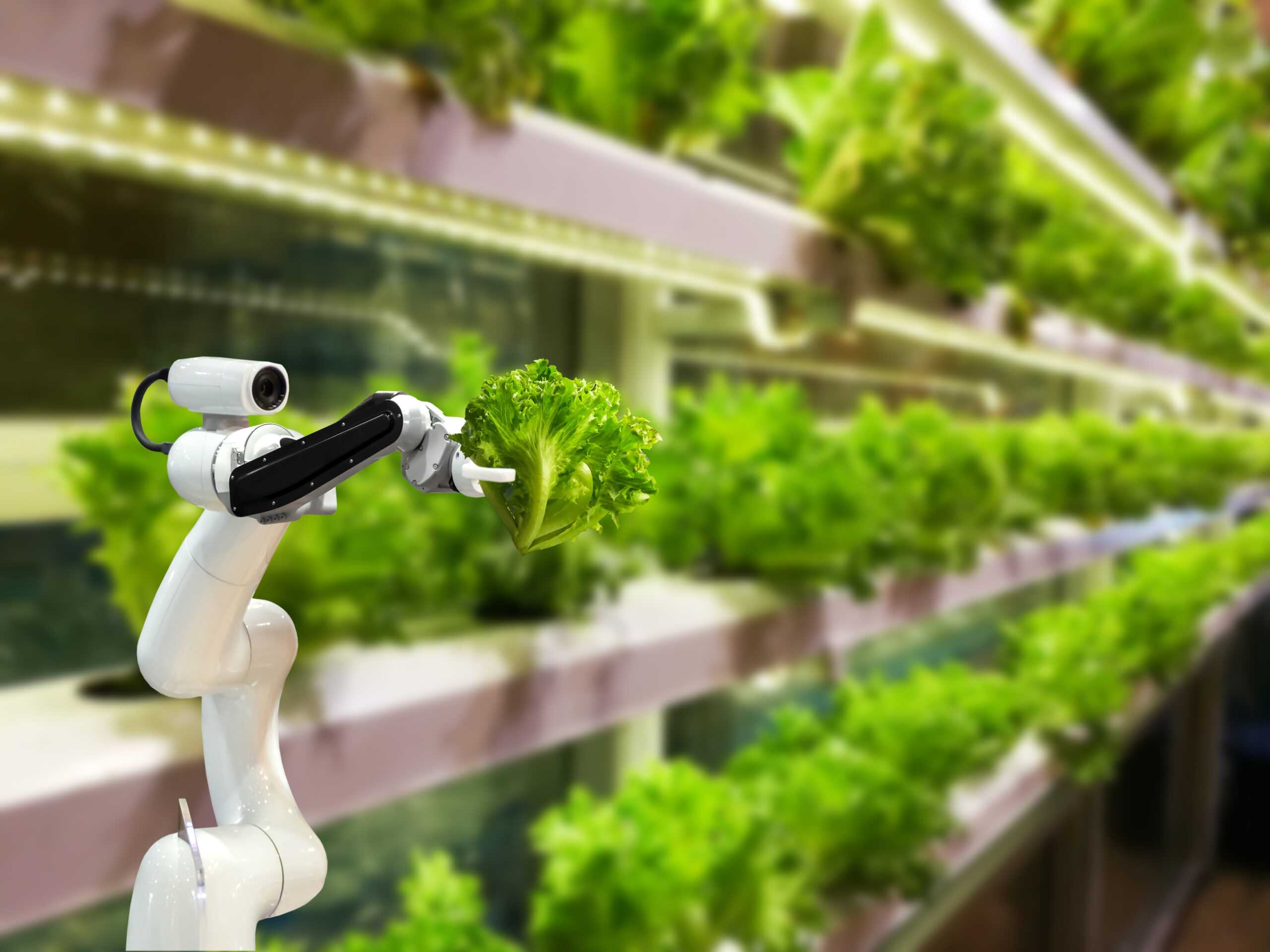

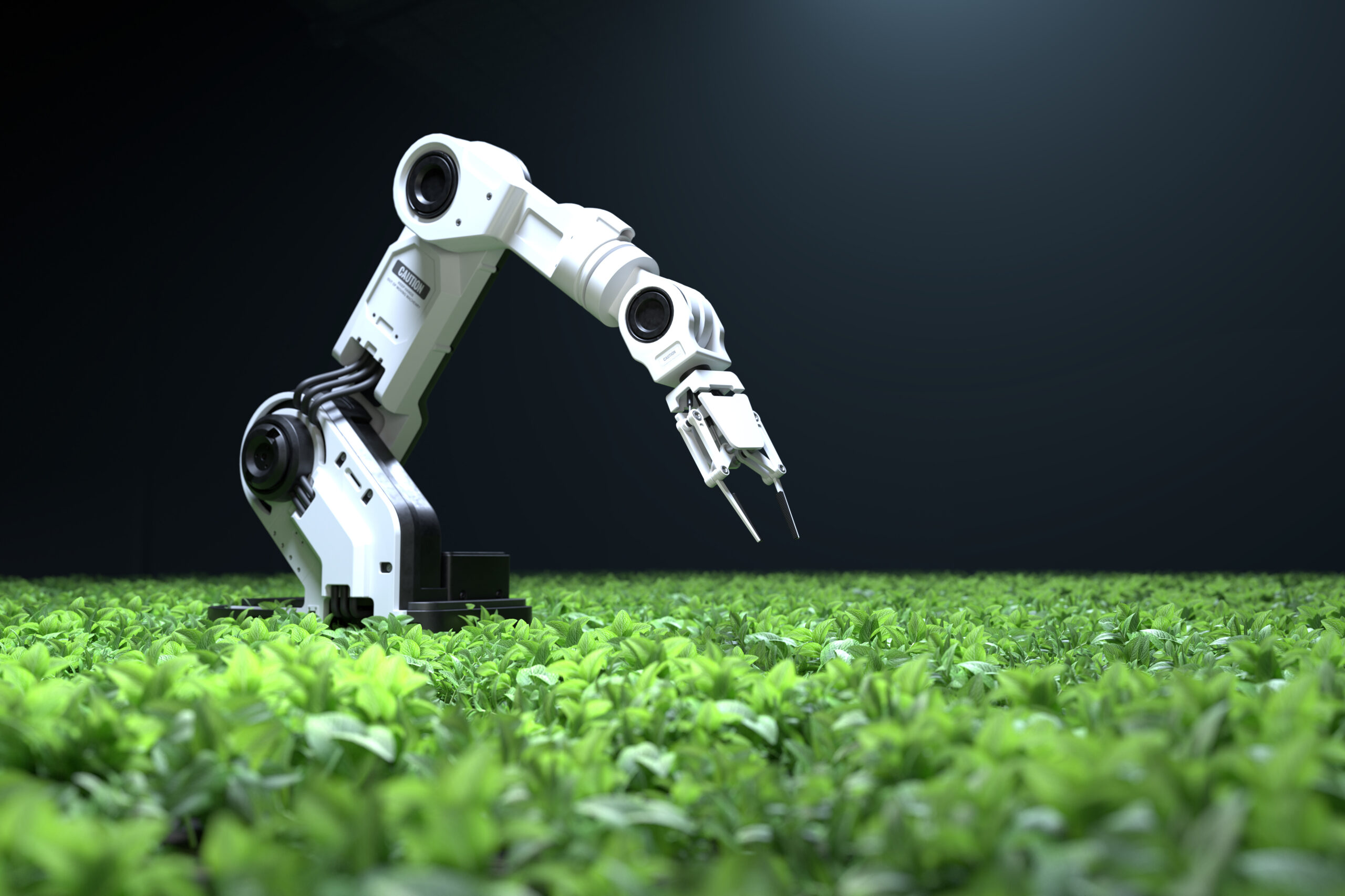
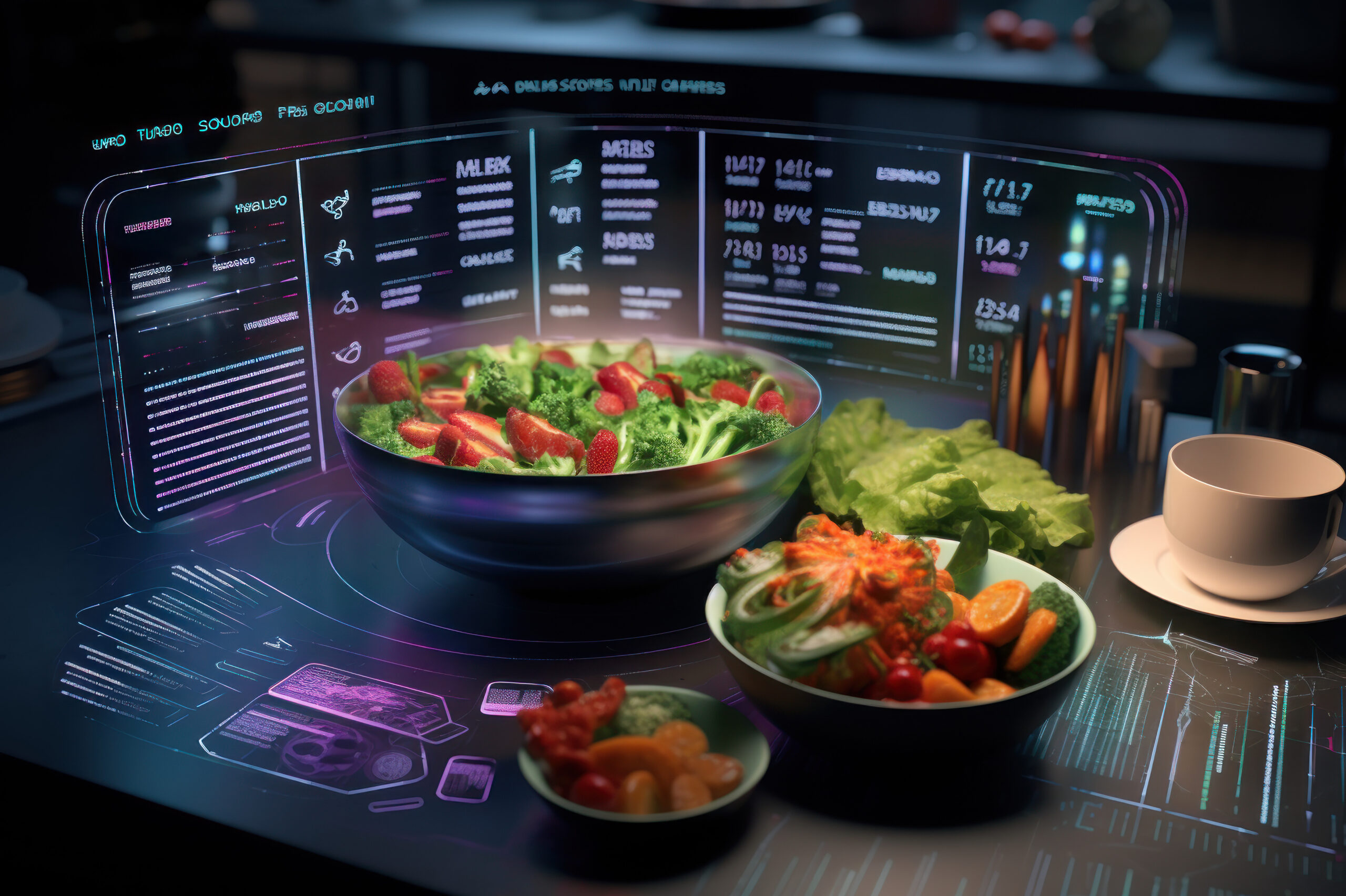
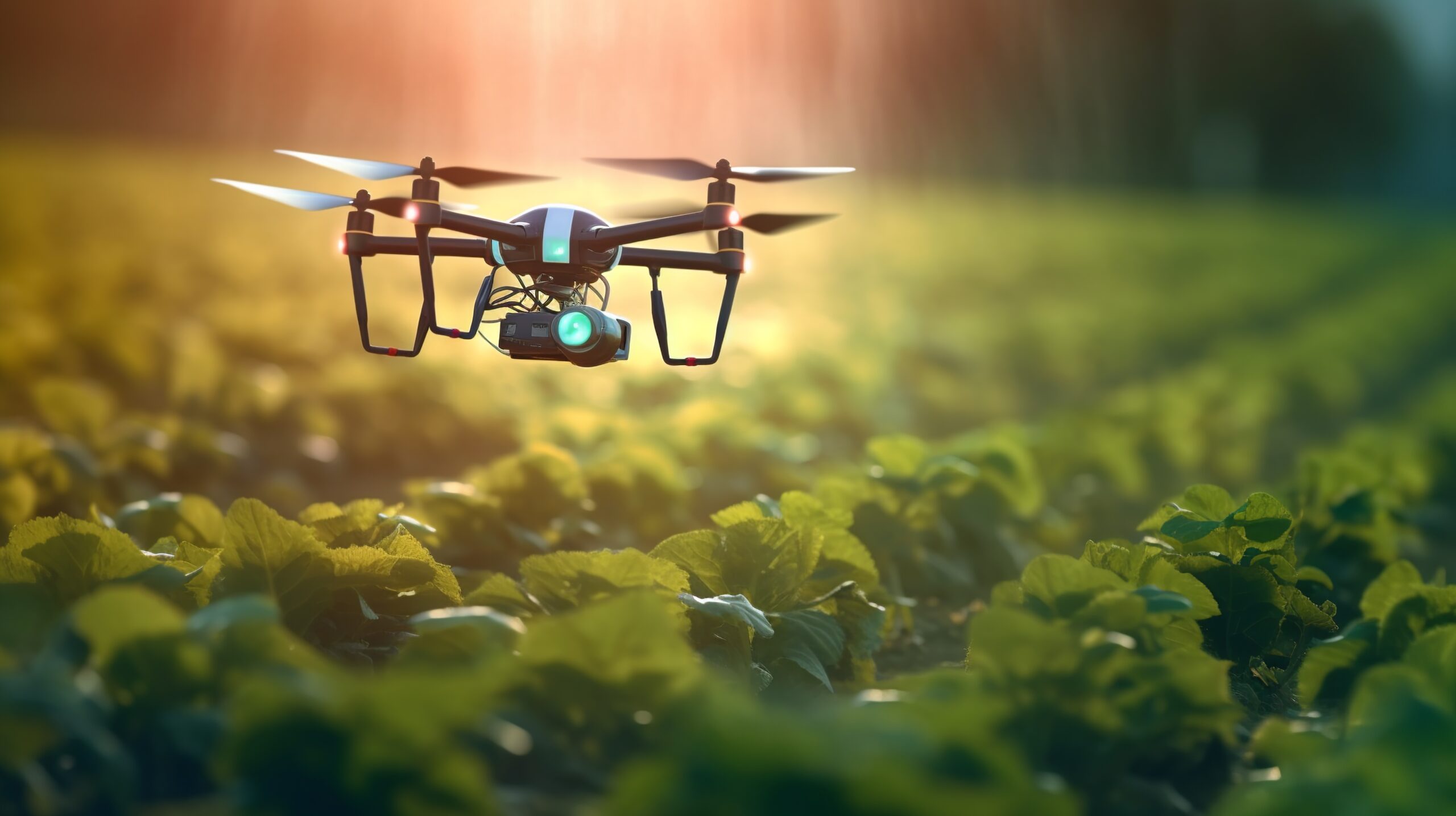
Future Scenario
In our envisioned future scenario, we’re tackling household food waste with practical solutions and innovative technology. We started with a utopian vision that indicated advanced technology, government interventions, and behavioural changes leading to significant reductions in food waste and a more sustainable society. However, our perspective shifted after receiving insights from a professional expert emphasising practicality over hope.
Our shift from a utopian to a dystopian future scenario reflects a transition from hopeful optimism to practical realism. In the revised dystopian scenario, we confront the harsh reality that despite technological advancements and awareness, household food waste remains a critical issue. In the future, extreme weather, loss of biodiversity, and soil degradation could threaten farming, leading to food scarcity and waste. Rising temperatures may disrupt harvests and force more resource-intensive farming methods. Moreover, increasing living costs may widen the gap between rich and poor, making it harder for struggling families to access nutritious food. This may lead to intensified poverty and increased food insecurity in the future.
We envision the sophisticated kitchen systems and innovative techniques adopted by households and farmers as an example for broader implementation. Innovative techniques like vertical farming allow for year-round production of fresh produce in controlled environments, ensuring a consistent supply of nutritious food while reducing the environmental impact of traditional farming methods. These systems simplify cooking, offer real-time food insights, reduce food waste and promote sustainable practices. Moreover, we aim that the solution developed for household food waste can be adapted and scaled for use in different sectors, including farming, production, manufacturing, distribution, hospitality and disposal.
By envisioning a future where technology-driven solutions to reduce food waste are integrated into various sectors, we seek to create a sustainable and efficient food system. This approach is intended to be cost-effective for every user, benefiting both society and the environment.
Below is a STEEPLE analysis that helps us understand future trends which could guide us strategize on our project about household foodwaste.
STEEPLE
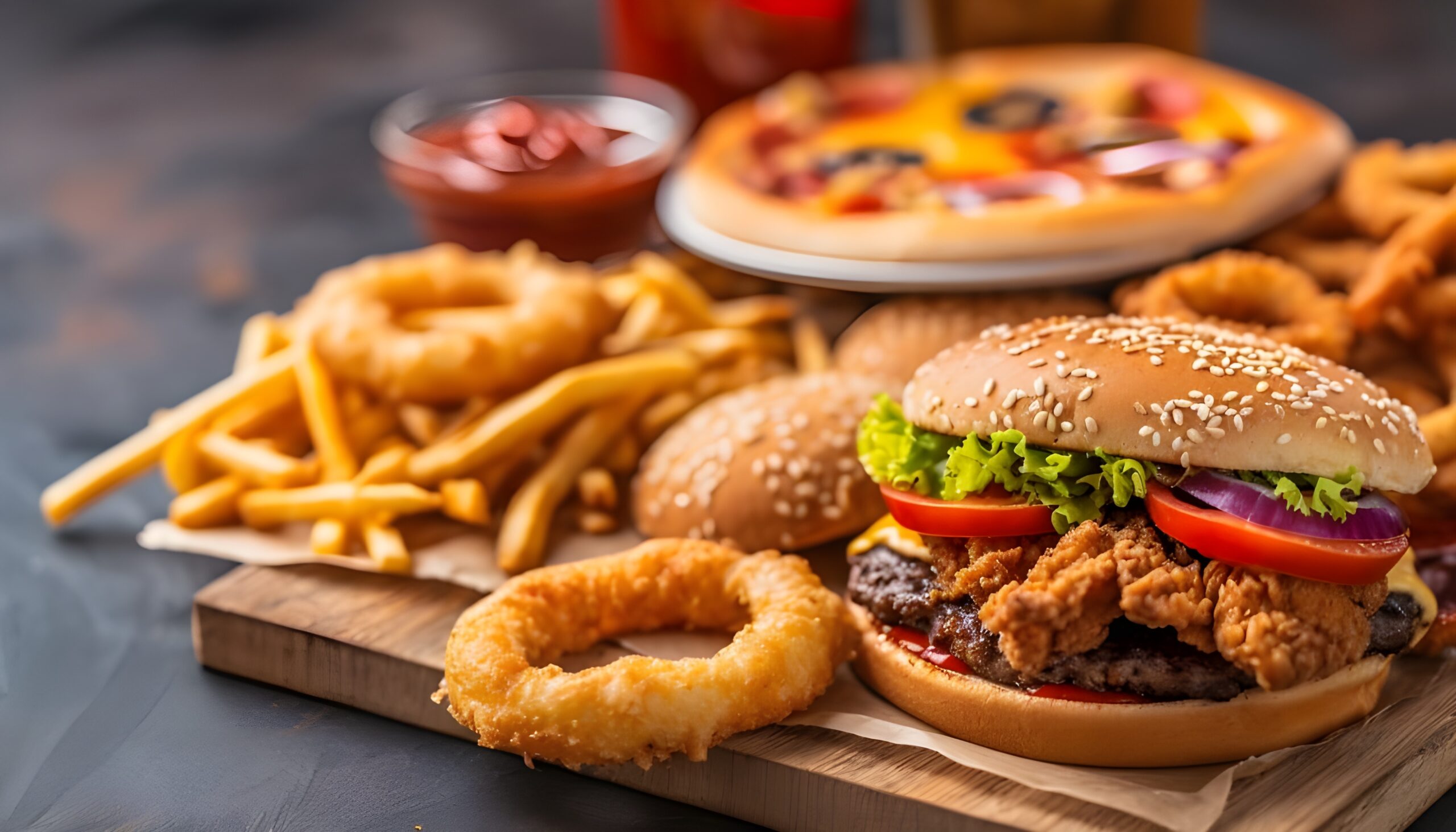
Social
Most Australian adults do not meet the recommended guidelines for healthy eating with over 9 in 10 adults failing to meeting the recommended vegetable intake (CSIRO, 2022). The number of obese or overweight Australians has grown from 61.1% to 66.4% from 2007–08 to 2017–18 (ibid.). Bad healthy diets may the contribute to increased household food waste due to overbuying, poor meal planning, reliance on processed foods, and a lack of awareness about food expiration dates.

Technology
Australia has the potential to become a leading producer and exporter of green hydrogen (CSIRO, 2022). This may indicate that applied technology to reduce food waste may be powered by green hydrogen. However, significant infrastructure will be needed to realize the potential (ibid.).
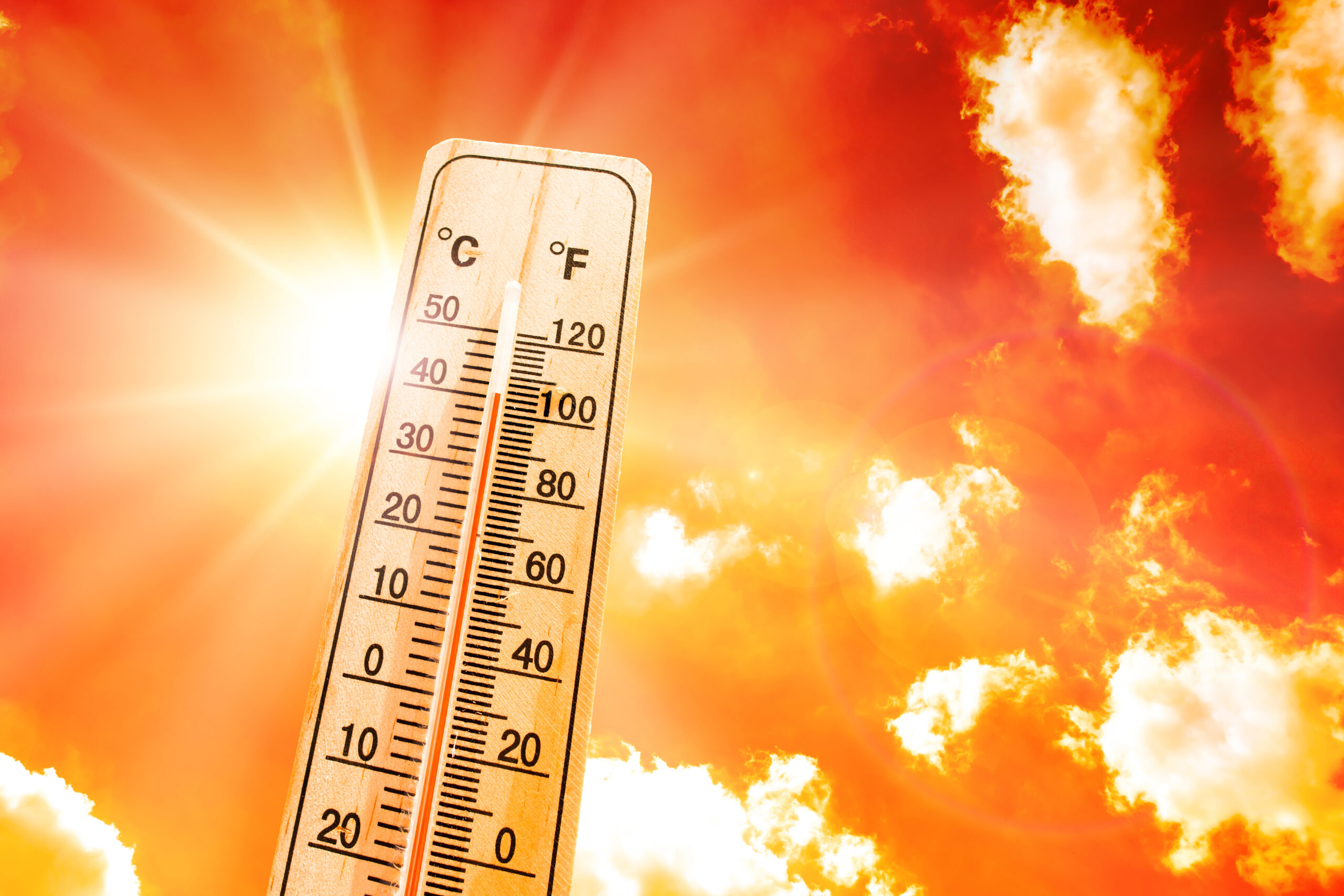
Environmental
As a result of global warming, Australia is likely to experience more extreme weathers and temperatures (CSIRO, 2022). This will likely affect agricultural production and impact food prices.

Economic
Low income and high living expenses in Australia are suggested to be the primary cause of food insecurity (CSIRO, 2023). Consequently, approximately 21% of Australians experienced disrupted eating habits and reduced intakes (ibid.) For example, “the Australian Institute for Health and Welfare shows that 17% of Australians are under financial housing stress and households spent 30–50% of their income on housing costs in 2017–18 (up from 14% in 1994–95)” (CSIRO, 2022).

Political
The Australian government are carrying out strategies to improve the health and wellbeing of Australian residents. These initiatives include Australia’s National Preventive Health strategy and National Obesity Strategy (CSIRO, 2023). These strategies may shift social attitudes towards food by promoting healthier eating habits and educating consumers about food sustainability.
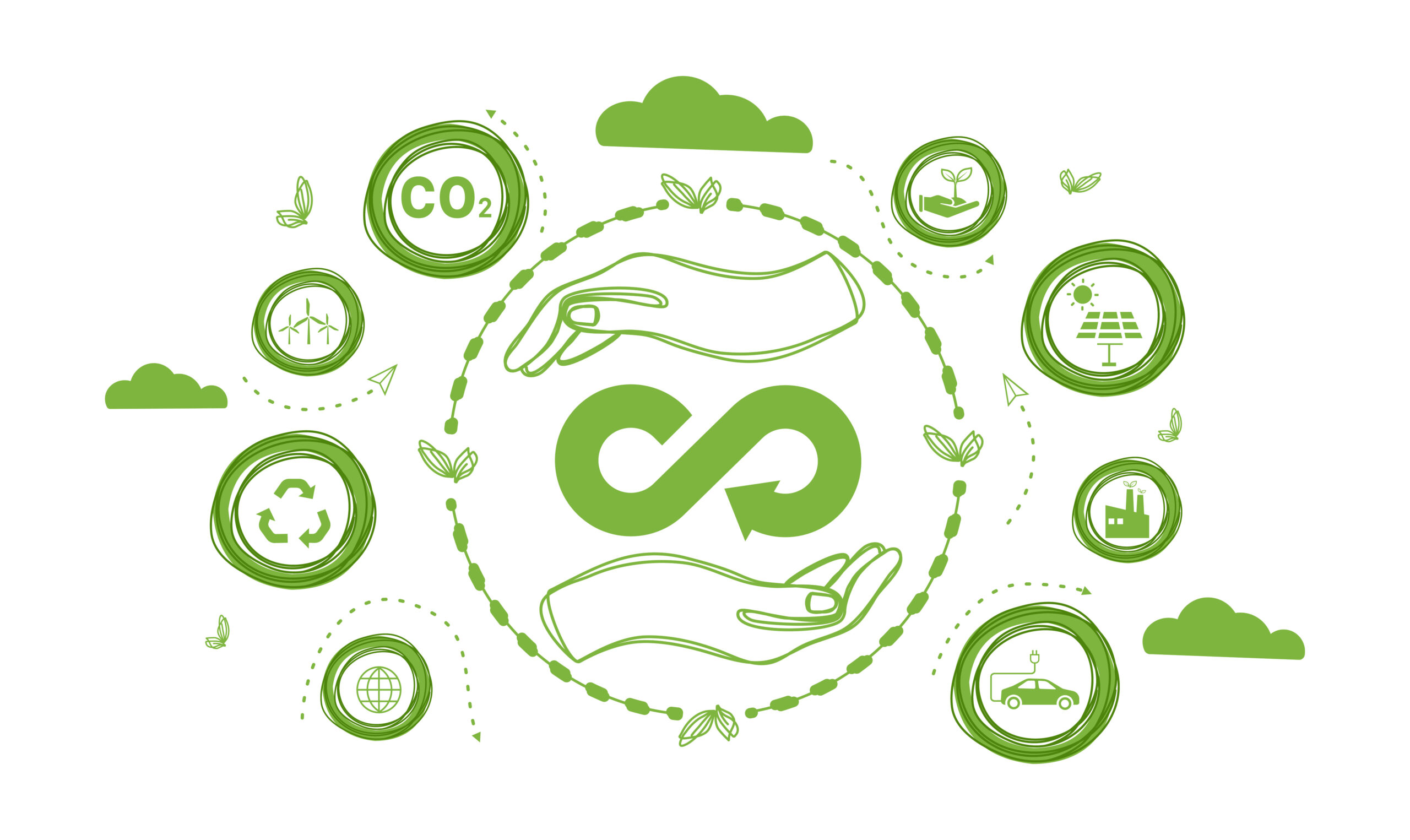
Legal
To move towards a circular economy, Victoria established the Circular Economy (Waste Reduction and Recycling) Act 2021 which provides “stronger regulation of the state’s waste and recycling sector for more and better recycling, less waste and landfill” (Victoria State Government, 2021).This may likely suggest better infrastructure and support for food waste systems.

ETHCIAL
Implementation of A.I systems to reduce food waste in the community may not be well accepted as 68% of Australians do not trust A.I. However, 71%-81% would be willing if there was an ethics mechanism in place (CSIRO, 2022).
Regular Team Snapshot
HIGHLIGHT:
From our survey, we uncovered that one of our assumptions was wrong. We assumed that cooked leftovers was one of the main problems of household food waste. However, many participants wrote that the main type of food waste was spoiled food which may include fresh produce and packaged food. As a result, it change our approach and redefined our problem space
QUOTE OF THE WEEK:
“The problem isn’t leftover food, but food becoming spoiled”
NEXT STEPS: With all our research, we shall converge on our problem space and identify a specific problem to tackle.

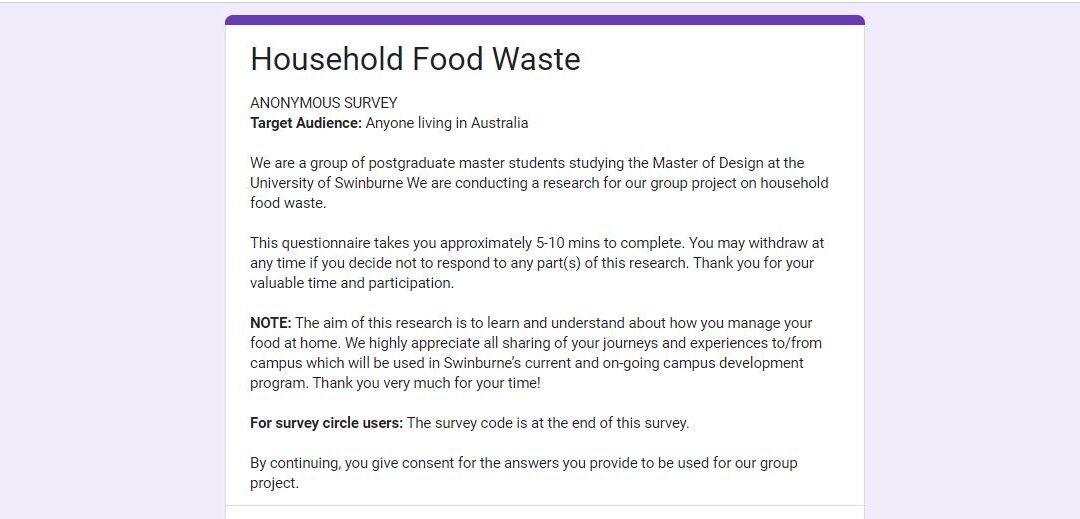
Recent Comments